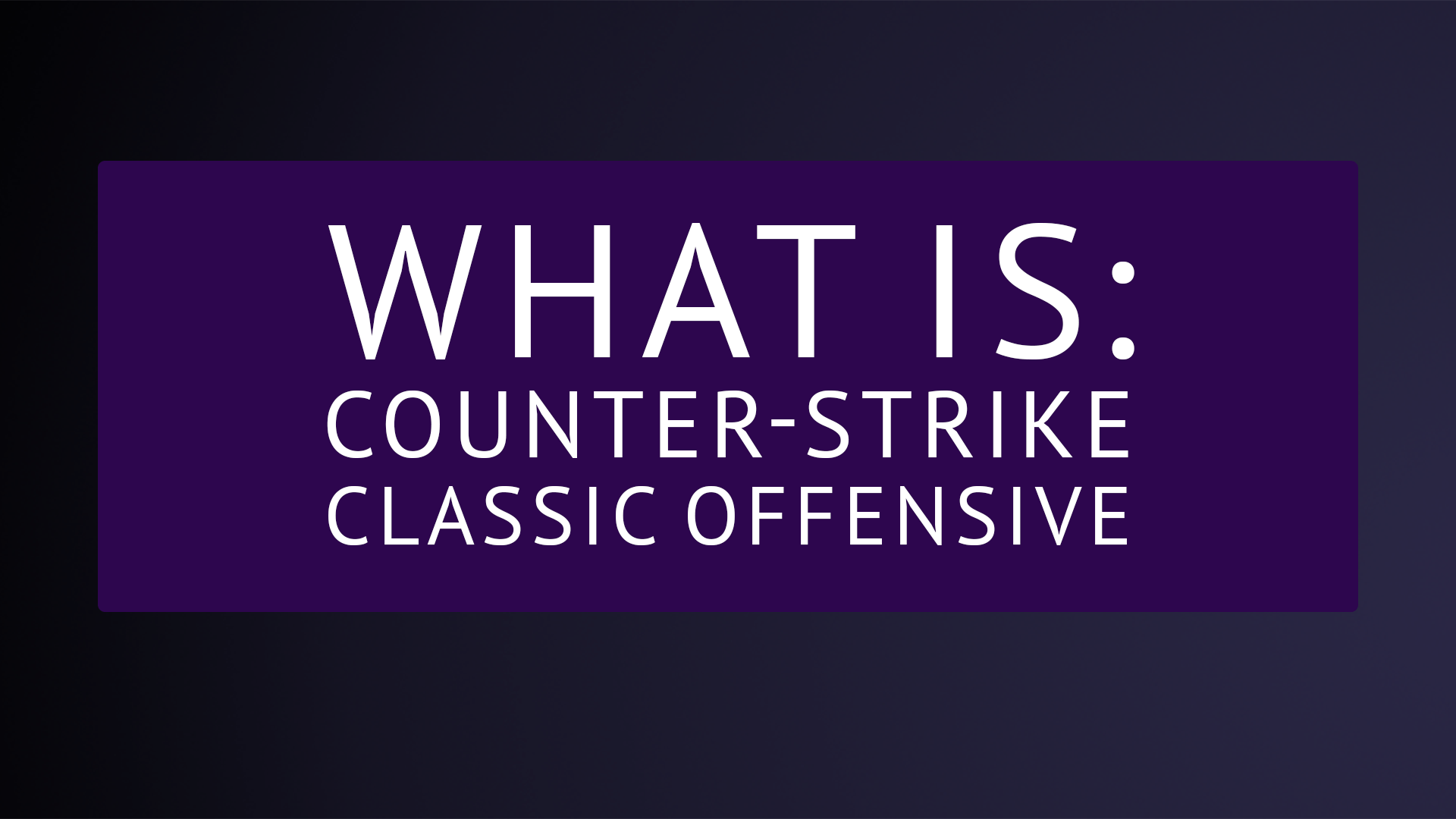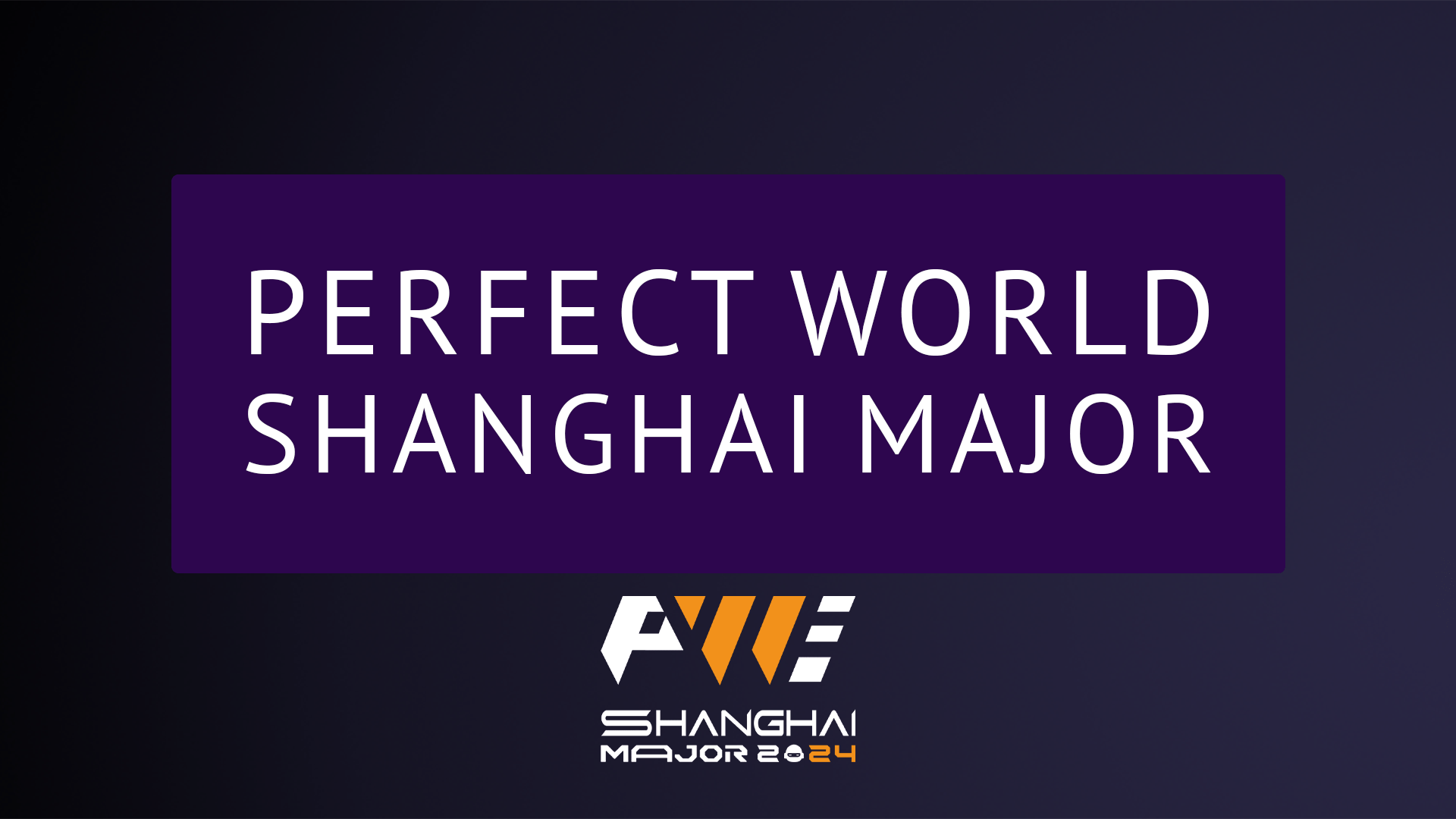Valve has introduced a robust global and regional ranking system for Counter-Strike 2 (CS2) to standardize team evaluations and enhance competitive fairness. This ranking system is critical for determining invitations to major tournaments, such as Regional Major Rankings (RMRs), and will play a central role in shaping the esports landscape moving forward.
Key Factors in the Valve Ranking System
The rankings are based on a combination of the following metrics:
- Performance in Matches:
- Results are weighted based on recency, with recent matches contributing more to a team’s standing.
- The significance of matches is adjusted using an Event Weight, which considers the prestige of the tournament. For example, winning a game at a premier event like IEM Cologne has more impact than a lower-tier tournament.
- Prize Money:
- Teams are initially ranked by the amount of prize money they’ve earned.
- This metric also factors in the prize money of beaten opponents, rewarding victories over highly ranked or successful teams.
- Quality of Opponents:
- The ranking accounts for both the number of teams defeated and their caliber. Beating higher-ranked opponents boosts a team’s standing more than beating weaker ones.
- Head-to-Head Records:
- Direct matchups between teams influence their rankings, providing insight into which team performs better in critical encounters.
- Activity Levels:
- Teams that participate in more tournaments, especially LAN events, can accumulate ranking points more effectively, as long as their performances are competitive.
Calculation Methodology
Valve employs an ELO-based system, augmented by custom metrics like Bounty Offered, Bounty Collected, Opponent Network, and LAN Wins. These factors are scaled and weighted based on tournament significance and match recency. Only the best 10 results within a six-month window are considered for calculations, preventing long-term dominance by inactive teams.
For example:
- A team’s base ranking is calculated by averaging these weighted factors.
- Additional adjustments are made for performance in head-to-head matchups and specific tournament outcomes.
Implications for Teams and Tournaments
- For Teams:
- Active participation in both tier-one and tier-two events is vital for maintaining or climbing rankings.
- Teams competing frequently in tier-two events have opportunities to rise through consistent performance.
- For Tournament Organizers:
- Major event organizers like BLAST and ESL will use Valve’s rankings for team invitations, ensuring transparency and fairness.
Criticism and Challenges
Some stakeholders have raised concerns about:
- Activity Bias: Highly active tier-two teams may surpass tier-one teams that prioritize fewer, high-profile events to avoid burnout.
- Complexity: The intricate calculation process might confuse casual fans compared to simpler systems like HLTV’s.
Despite these issues, the system is praised for its transparency and fairness, promoting a more inclusive competitive ecosystem for CS2.
Valve’s ranking system promises to bring a level playing field to the CS2 competitive scene, allowing teams from all tiers and regions to compete on equal footing.



